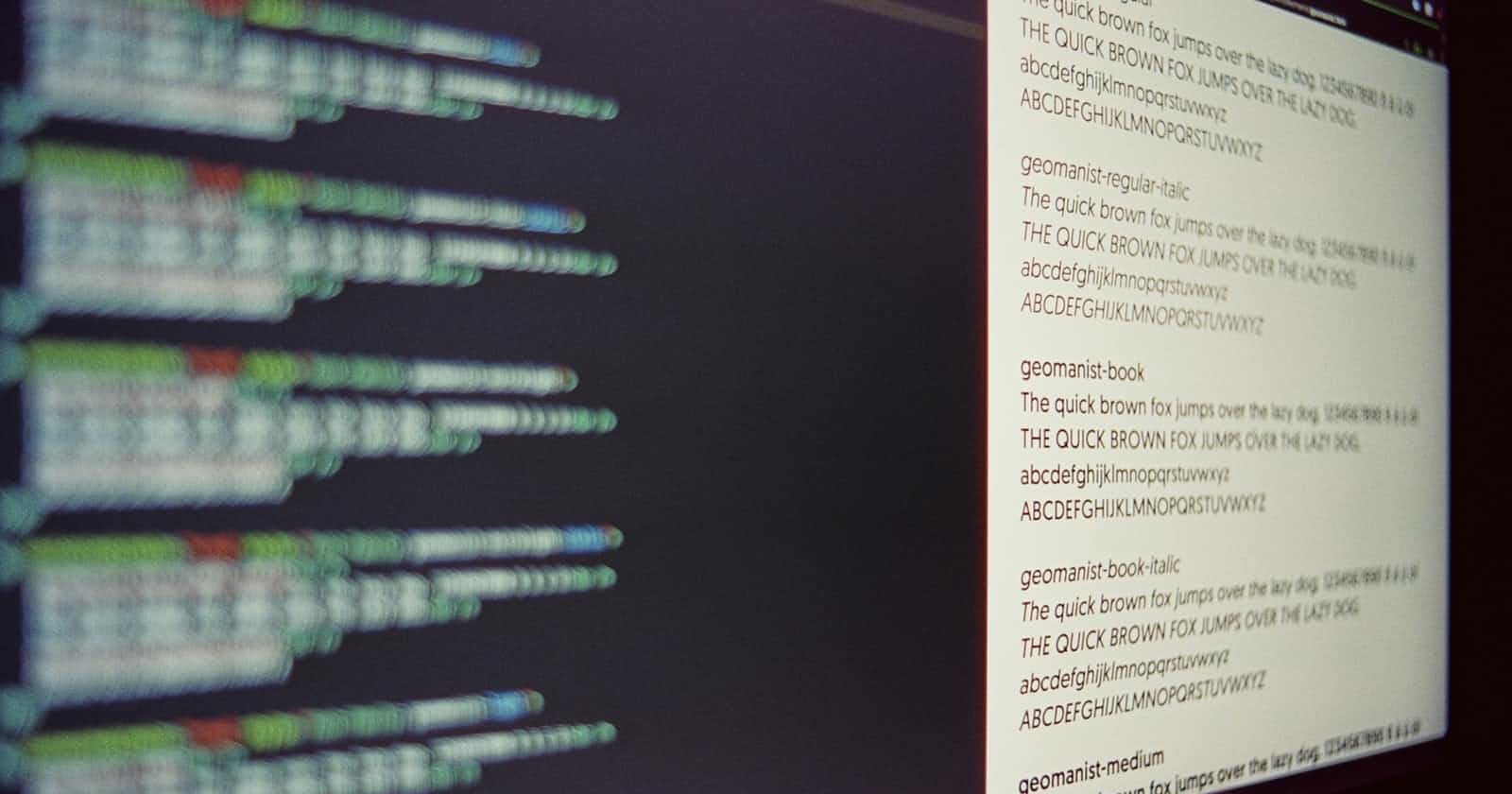Headless CMS is a content management system with no-built features to present the content to the user. The content(information) is stored in a content repository, Users can view this content from various devices such as mobile and IoT devices via API.
Why Do you need headless CMS?
With the rapid growth of mobiles and IoT devices, traditional CMSs ( also known as monolithic CMS) such as WordPress, JOOMLA, or Drupal are not capable of optimizing it presentation of information to these devices as those CMS mainly focus on webpage/ websites as their main platforms. Also, in traditional CMS the presentation and content are tight together; this makes things complicated when it comes to presenting on new devices. Therefore, the answer is headless( head refers to the front-end) CMS.
Traditional CMS (Monolithic) vs Headless CMS
| Traditional CMS | Headless CMS | |
| Backend( Database) | Yes | Yes |
| Frontend (Presentation layer) | Yes | No built-in frontend, but deliver via API |
| speed | Slower than headless CMS | Faster content delivery |
| Barrier to Entry | Almost No technical Barrier. Suited for the content creators as well as for developers | Need intermediate to advanced technical skills |
| Flexibility for developers/Customization | Less Flexible | More Flexible |
| Suitability | For small to mid-size projects, may not be suitable for large complex projects | Suitable for small to complex projects |
Common features of headless CMS
- RESTFUL API
- Editor interface( dashboard)
- Content repository
- Content Model( Logical Taxonomy structure )
- Versioning
- Roles & user permission
- Workflows
Some of the open-source headless CMS
- Ghost
- Strapi
- Cockpit
- Apostrophe
- Directus
Headless CMS and Developers
Let’s be honest, if you are a developer, don’t you have a little animosity toward traditional CMS such as WordPress 😊 ?
While WordPress is a great tool for non-technical individuals, developers often find that other technologies provide much more flexibility to create customized software with less code than WordPress. Often software systems developed with other technologies are faster than websites developed with WordPress. Especially, when it comes to developing web applications with CRUD operation, WordPress can be a pain in the neck for developers.
Now, we have a new friend here. Headless CMS offers greater flexibility for developers, and I would call it the dream CMS for developers. This is great news for end-users well. The end-user now has the benefit of having a customized interface tailored to his unique specification. Remember UI/UX is no joke these days. To develop the best outcome of UI/UX, developers must have greater control in the development process. With traditional CMS, customizing the user interface can be daunting and time-consuming with extra lines of code.
Conclusion
While traditional CMS may still be a popular choice for many non-technical individuals (writers or marketers), headless CMS is becoming a future-proof technology, especially, with the expansion of many mobiles and IoT devices. Depending on the headless CMS you use, you may or may not need a developer to present your content. For example, Contentful claims that they are working hard to bring their platform to a range of users from non-technical persons to developers. Therefore, make sure to choose the one that is best suited for your needs.

